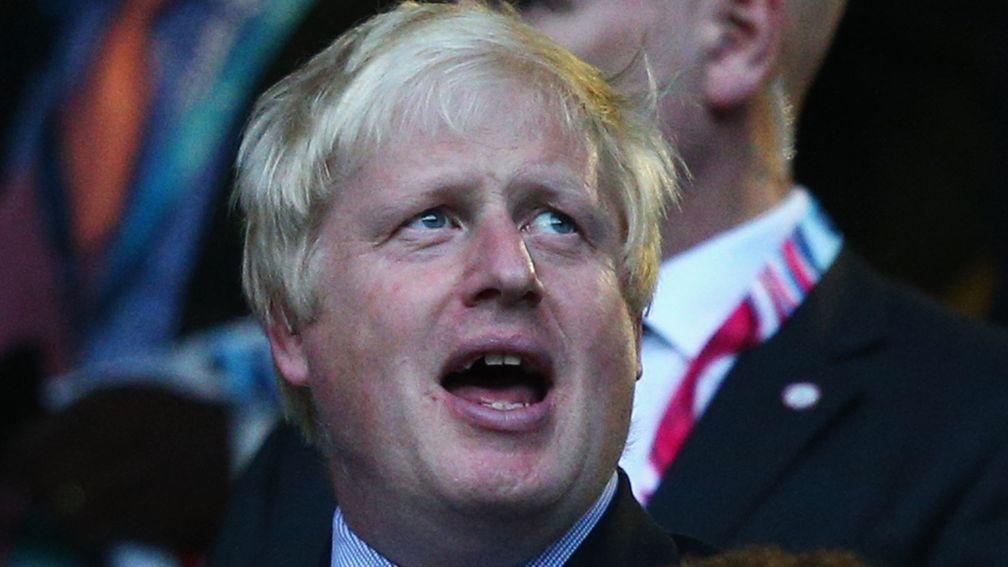2019 UK general election: betting overview on the hustings, free tip, prediction
Election turnout could prove to be on the low side

The most important election for a generation is coming to its close, but it’s not over until the last seat has been declared and there’s a huge amount of punting still to be done.
This has been one of the most hotly-contested elections, both at the ballot box and in the betting shops, and in the last days of the campaign there’s a sense of deja vu. The Tories, who were 1-10 to win most seats in the fateful 2017 election, are currently 1-25 to take the most seats and 1-4 for a majority, prices that have shortened since the beginning of the campaign.
A Tory majority is by far the likeliest outcome, with the main reason being Brexit. The 52 per cent of the electorate that voted to Leave in 2016 have an easy choice, which is to vote for the Conservative Party, which is now run by an incredibly Eurosceptic leader and cabinet, while the 48 per cent that voted to Remain have seen their vote divided across both Labour and Liberal Democrat lines, with the SNP in Scotland and Plaid in Wales also Remain options.
That and first-past-the-post voting would appear to make the outcome of the election a two-horse race between a Conservative majority and a hung parliament.
For a majority to take place, the Tories need to come out on top in the majority of the 60-80 seats or so that, according to the most detailed forecasts, see the Tories within only five per cent of their closest rivals.
For a hung parliament, Remain parties need to drive up the turnout of their key bases – namely all voters under 45, social liberals and women in particular – and then implement tactical voting on a large scale, perhaps one not seen before, to give the best placed anti-Tory candidate the greatest chance of winning.
The margins are tight – the Best For Britain MRP model listed 36 projected Tory gains, where anti-Conservative tactical voting would deny prime minister Boris Johnson a majority.
Some of those seats require incredibly small changes to be kept from the Tories, with the top ten target seats all needing fewer than 500 tactical votes to deny the Conservatives according to Best for Britain.
The major difference between Labour and the Liberal Democrats, who have spent a great deal of time fighting each other since the referendum, has not helped, with many Labour members proving to be extremely sceptical of tactical voting guides and many Liberal Democrats still struggling to contemplate backing Labour candidates at this late stage.
Johnson and the Tories have run a narrow campaign, appealing solidly to their Leave backing base, and going to great lengths to avoid scrutiny, ducking set-piece interviews with Andrew Neil and Julie Etchingham as well as a climate change debate on Channel 4. It has been working – 71 per cent of Leave voters intend to back the Tories – as Brexit is still the top issue for voters, beating the NHS by three per cent in an IPSOS Mori poll.
Jeremy Corbyn’s Labour campaign revolved around a number of ambitious policy plans which were intended to drive domestic conversation, and on many occasions they have managed to do so. But the personal ratings – Corbyn is the most unpopular leader of a major party heading into an election on record – may be an issue in some areas.
The Liberal Democrats have suffered an error-strewn campaign with Jo Swinson’s personal ratings suffering a big dive. They have been squeezed by the fact that much of the campaign discourse hasn’t been around Brexit and the policy of claiming they will revoke Article 50 if they won a majority (something which was never shorter than 40-1) looks to have backfired big-time. Also, a lot of political capital spent attacking Labour has been off-putting.
The SNP appears set to pick up a few of the seats they lost to the Tories last time, but just how many is the question. YouGov’s first MRP gave them 47, a gain of 12 on 2017. The better they do in Scotland, the more chance the opposition parties have of denying Johnson a majority.
The 2017 election was notable for – among many things – a high turnout, with 68.8 per cent of the country voting on the day. With so much at stake in this election, expectations are high for another big showing, but a line of 67.5 may be too high. The 2017 election was the first time since 1997 that turnout was more than 67.5 per cent and poor weather along with political fatigue might be enough to keep the level just below 67.5 per cent.
William Kedjanyi is a political betting analyst for bookmaker Star Sports
Published on 10 December 2019inPolitics
Last updated 19:24, 10 December 2019
- Next first minister of Scotland betting odds and predictions: Robertson favourite to succeed Sturgeon
- Next general election betting and odds: Sunak appointed new Prime Minister
- Gamble on Boris Johnson to make remarkable Downing Street return continues apace
- Next Prime Minister betting and odds: Rishi Sunak favourite to replace Liz Truss
- Next Prime Minster odds and politics betting: New PM Truss facing uphill battle
- Next first minister of Scotland betting odds and predictions: Robertson favourite to succeed Sturgeon
- Next general election betting and odds: Sunak appointed new Prime Minister
- Gamble on Boris Johnson to make remarkable Downing Street return continues apace
- Next Prime Minister betting and odds: Rishi Sunak favourite to replace Liz Truss
- Next Prime Minster odds and politics betting: New PM Truss facing uphill battle